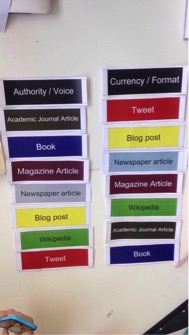Virgil Abloh is a designer who has a background in design and architecture, he began as Kanye West’ stylist and then moved onto his own project which was a streetwear brand called Pyrex. Which has led him into being outside of the traditional establishment box, as he began his journey as a designer working on streetwear. The fashion industry question his validity constantly.
The Off-White founder told the guests at his Columbia University talk Monday night that: “You don’t have to be a designer to be a designer”. This supports his brand, as one of purposes is to push new ideals into the fashion industry. There’s a new era of designers now who don’t necessarily sit down and sew but rather are unconventional idea providers. “I have to prove that this is design. I have to prove that this is art. I have to prove that this is valid,” he said. That is the reason as to why he creates his products in the same factories as luxury firms like Louis Vuitton. That’s why he shows his collection in Paris.
I suppose that is why you could say that how he is governed by the fashion establishment. He has to produce his garments in the warehouses as high end brands in order to be taken serious. The fact that he also chooses to show his collection at Paris Fashion Week, might be seen as controversial because for some it might mean he is giving into the fashion industry’s critique. But then I guess it’s a debate whether it’s better to work from the inside of the fashion industry and change things, or being an outsider who doesn’t conform to anything.
I would probably carry out primary research around the debate of how the best way to change the fashion industry is. Based on Virgil Abloh decision on conforming to the establishments such as showing at Fashion Week at Paris. I would probably interview someone who would be an expert on the field or if I could Virgil Abloh himself. It is more of a qualitative research method, but I think that is the most relevant for what I want to investigate. As it is more to my specific needs and you sort of have more control over the quality due to the questions would be chosen very wisely. I guess the disadvantage in comparison to choosing a quantitative it would be mostly be some sort of numbers or percentage that make up for an answer and in that way you might not get a in depth answer.

